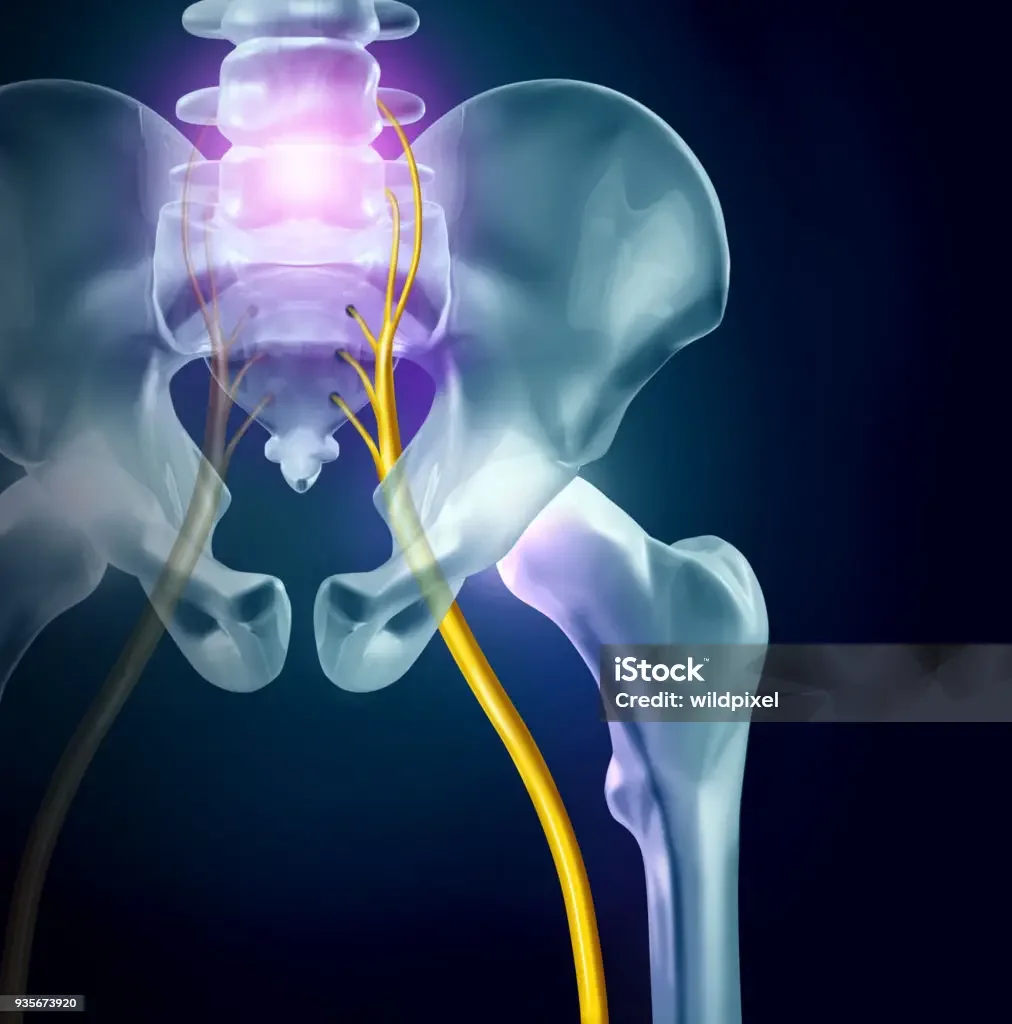🌿 Can Massage Help a Pinched Nerve? My Honest Take as a Therapist
If you’ve ever felt that sharp, shooting pain down your arm… or a strange tingling in your leg that just won’t quit… you might be dealing with a pinched nerve. It’s one of those conditions that shows up quietly — after a long day at your desk, a tough workout, or even just sleeping in the wrong position.
As a licensed medical massage therapist working in Queens and the Upper West Side, I hear this question often: “Can massage help a pinched nerve?” The short answer is yes — but the real answer depends on what’s causing the nerve to be pinched in the first place.
Pinched Sciatic Nerve
🔍 What Is a Pinched Nerve?
A pinched nerve happens when surrounding tissues — like muscles, fascia, or even bones — put too much pressure on a nerve. That compression disrupts the nerve’s function, leading to symptoms like:
Tingling or numbness
Burning or radiating pain
Muscle weakness
Discomfort that travels down the arms or legs
It’s common in areas like the neck, shoulders, lower back, and hips — especially if you sit for long periods or have poor posture.
💆♀️ How Massage Can Help
Massage doesn’t “un-pinch” the nerve directly. But it does help in ways that are powerful and often overlooked:
Releases tight muscles that may be pressing on the nerve
Improves circulation, bringing healing nutrients to the area
Reduces inflammation and swelling
Relieves fascial restrictions that limit movement
Calms the nervous system, which helps reduce pain signals
Think of it like gently unkinking a garden hose — massage helps restore flow and function.
👐 What I Do in Session
When a client comes in with nerve pain, I start by listening. Where is the pain traveling? What movements make it worse? What’s your daily routine like?
Then I tailor the session using techniques like:
Technique: Lymphatic Drainage very gentle pressure best for reducing inflammation, calming the nervous system
Deep Tissue Moderate to firm pressure best for chronic tightness, lower back or glutes
Trigger Point Therapy Targeted pressure best for muscle knots near nerve pathways
Myofascial Release Gentle, sustained pressure best for fascial restrictions and postural imbalances
Lymphatic drainage is especially helpful when swelling or inflammation is contributing to nerve compression. It’s subtle but powerful — and often the missing piece when deeper work feels too intense.
We always work within your comfort zone — I’ll never take you over the edge. Each session is designed to meet you where you are, with care and intention.
🏡 What You Can Do Between Sessions
Massage should be a progression, not a repetition. Each session builds on the last — but only if you support the work outside the studio.
What you do for self-care matters. Stretch. Breathe. Move. Rest. Make sure you do the homework — your body will thank you for it.
Here are a few things I often recommend:
Gentle neck or hip stretches
Tennis ball massage against a wall
Warm compresses to relax muscles
Ergonomic tweaks to your desk setup
Breathing exercises to calm the nervous system
If your pain is persistent or radiating, I may refer you to a physical therapist or suggest imaging to rule out disc issues. Collaboration is key.
💬 A Note from Me
I’ve worked with clients who came in barely able to turn their head or sit comfortably — and after a few sessions, they were sleeping better, moving more freely, and feeling like themselves again. This is what I aim for in every session — to help you feel safe, supported, and ready to heal.
If you’re dealing with nerve pain and wondering if massage could help, I’d love to talk. Whether you’re in Queens or the Upper West Side, my studio is a space where healing begins with listening.

